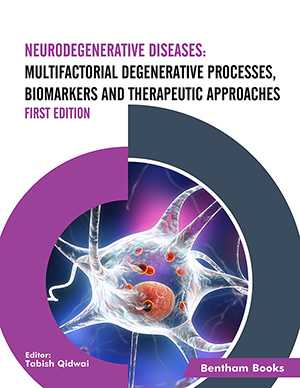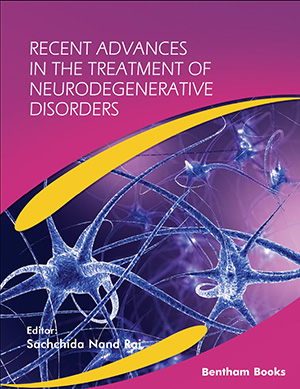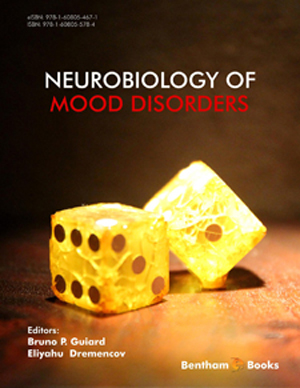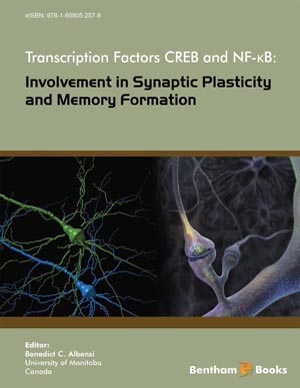Abstract
Alzheimer’s disease (AD) is a progressive neurodegenerative disorder of the central nervous system and the leading cause of dementia in elder people. The clinical symptoms of AD are memory loss and cognitive dysfunction. Pathologically, AD is characterized by the deposition of β-amyloid plaques and neurofibrillary tangles of hyperphosphrylated tau protein in the brain and neurodegeneration. However, the cause of AD is not known. Various genetic and non genetic factors have been involved in the pathogenesis. The main genetic risk factor of AD is E4 allele of apolipoprotein E. Currently; no effective treatment is available for AD. Only two classes of drugs namely acetylcholinesterase inhibitor (Galantamine, Rivastigmine, Donepezil), and N-methy- -D-aspartate receptor antagonist (Memantine) are available for AD treatment. These drugs have limited effectiveness and disagreeable side-effects in AD patients. This chapter focuses on the molecular biology, pathophysiology of the disease and various diagnostic and prognostic biomarkers for the management of AD.
Keywords: Acetylcholinesterase inhibitors, Alzheimer's disease, Biomarkers, β- amyloid, Neurofibrillary tangles, Neurodegenerative.















